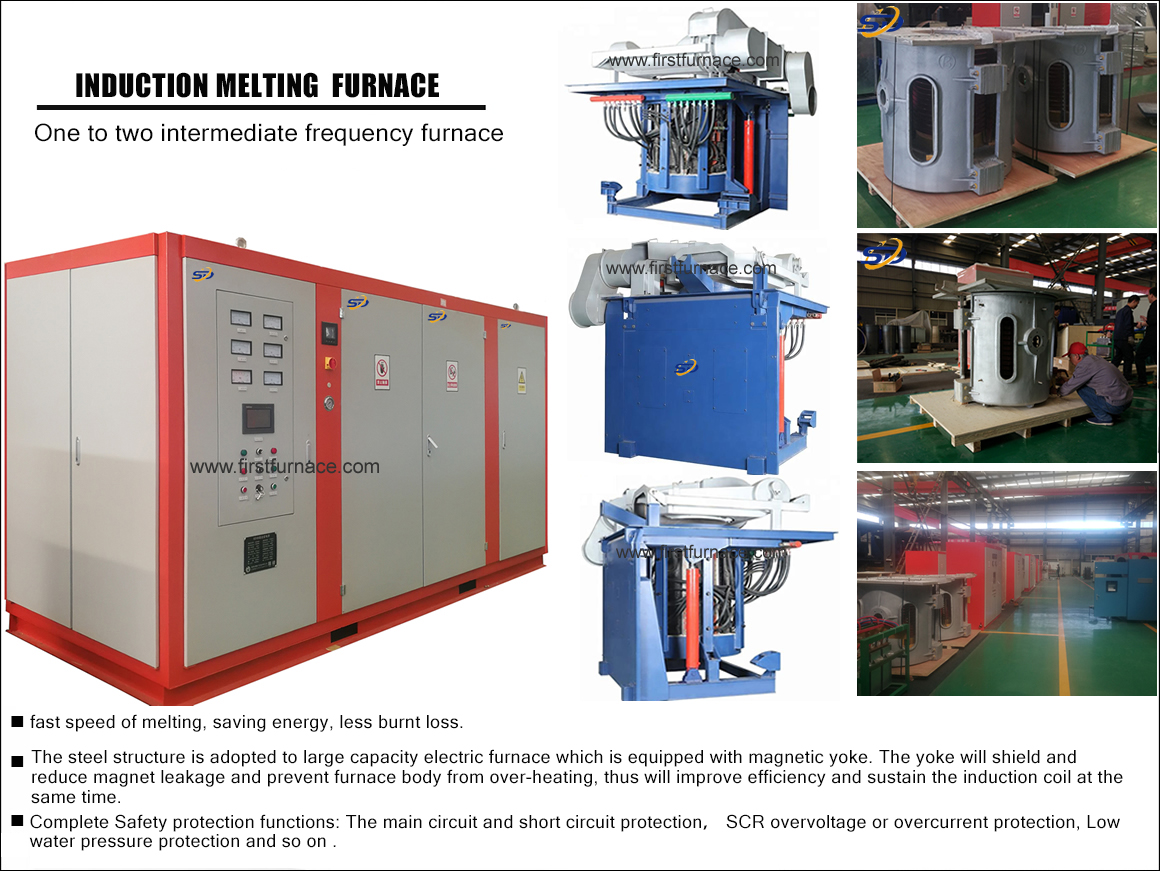Sales hot line ( 24 hours service): 18037961302
E-Mail: firstfurnace@gmail.com
whatsapp:+8618037961302
Adress: Luoxin Industrial Park, Luoyang, HenanLarge diameter steel pipe quen
Piston rod quenching and tempe
Grinding rod quenching and tem
High frequency induction heate
Quenching equipment for machin
Round steel end heating furnac
Steel pipe heat treatment prod
Square steel quenching and tem
Sucker rod quenching and tempe
Thickened petroleum steel pipe
Round steel quenching and temp
Steel pipe quenching and tempe
Steel plate quenching and temp
Induction Hardening Machine&nb
Flywheel ring gear high freque
The difference between intermediate frequency furnace and resistance furnace
1. First of all, the heating principle of intermediate frequency furnace and resistance furnace is different. The intermediate frequency furnace is heated by electromagnetic induction, while the resistance furnace is heated by heat radiation after the furnace is heated by resistance wire.
2, the heating speed difference is also very big. The electromagnetic induction of the intermediate frequency furnace makes the metal blank heat up by itself, and the heating speed is fast; while the resistance furnace is heated by radiation of the resistance wire, and the heating speed is slow and the heating time is long. The time required for a metal blank to be heated in an intermediate frequency furnace is much shorter than the time it takes to heat it in a resistance furnace.
3. The difference between metal oxidation during the heating process. Due to the fast heating speed of the intermediate frequency furnace, less oxide scale is produced; while the resistance furnace heating speed is slow, the oxide scale is naturally more. The amount of oxide scale produced by resistance furnace heating is 3-4%, and if an intermediate frequency furnace is used for heating, it can be reduced to 0.5%. Scale fragments can cause accelerated die wear (using induction heating can increase die life by 30%).
4. The intermediate frequency furnace is equipped with a temperature measuring device to automatically adjust the temperature. The precise temperature control and the absence of oxide scale can prolong the service life of the mold, and the temperature adjustment speed is also very fast, while the resistance furnace has a slightly slower response speed in temperature adjustment. .
5. Because the induction heating speed of the intermediate frequency furnace is fast, it is suitable for installation on the automatic production line. The resistance furnace is difficult to adapt to the automated production line.
6. When the operator is eating, changing the mold and the production is stopped, because the intermediate frequency furnace has the ability to start quickly (usually can reach the normal state within a few minutes), the heating device can be stopped, so energy can be saved. When a resistance furnace restarts production, it can take hours to reach operating temperature, and it is normal to even stop a shift to avoid and delay damage to the furnace walls.
7. The workshop area occupied by the intermediate frequency furnace is much smaller than that of the general resistance furnace. Since the furnace body of the intermediate frequency furnace does not generate heat, the space around it can be used, and the working conditions of the workers are also improved.
8. Since the intermediate frequency furnace does not need to generate combustion and has no heat radiation, the ventilation volume of the workshop and the smoke exhausted are very small.
9. The intermediate frequency furnace can be designed as a device with a certain uneven heating gradient. For example, in extrusion work, such diathermy furnaces are usually used to heat the end of the billet and bring it to a higher temperature range in order to reduce the initial pressure of the extrusion head. And it can compensate for the heat generated by the billet during extrusion. Heating a billet in a resistance furnace also requires a quenching step to achieve this state. Although there are fast-track gas furnaces that can achieve stepped heating of the billet, doing so will affect the loss of energy and the cost of additional equipment.
10. Heating with a resistance furnace takes a long time to change the heating temperature. When the heating temperature needs to be changed several times a day, it is very disadvantageous. The intermediate frequency furnace can adjust and reach a new heating temperature in a few minutes.

Iron induction furnace
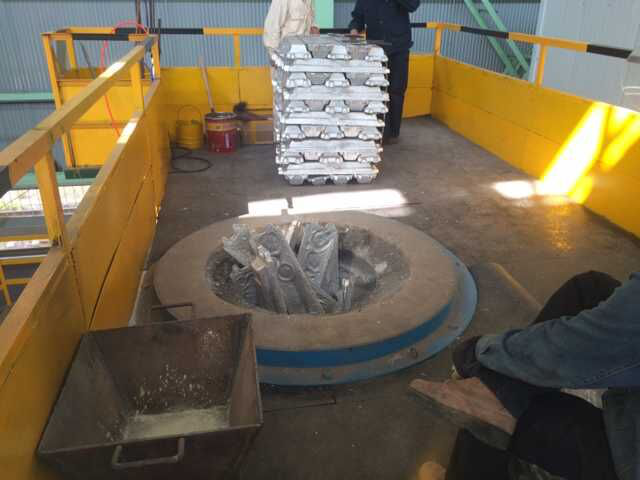
Aluminum melting furnace

Copper melting furnace
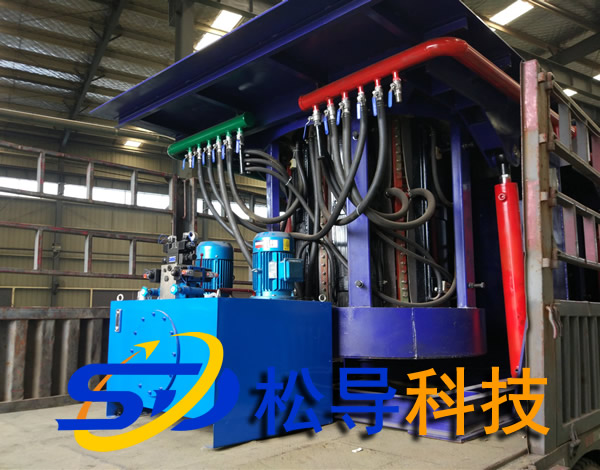
Small steel melting furnace
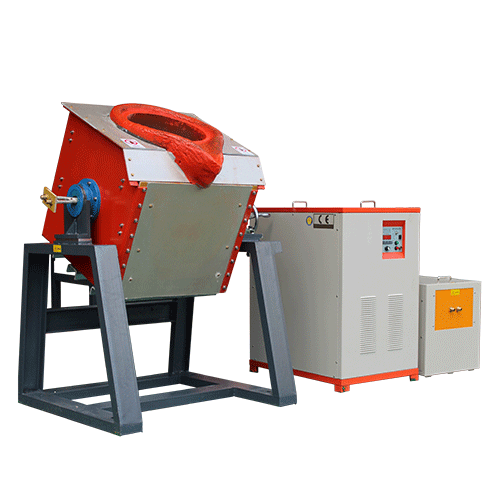
Small induction melting furnace
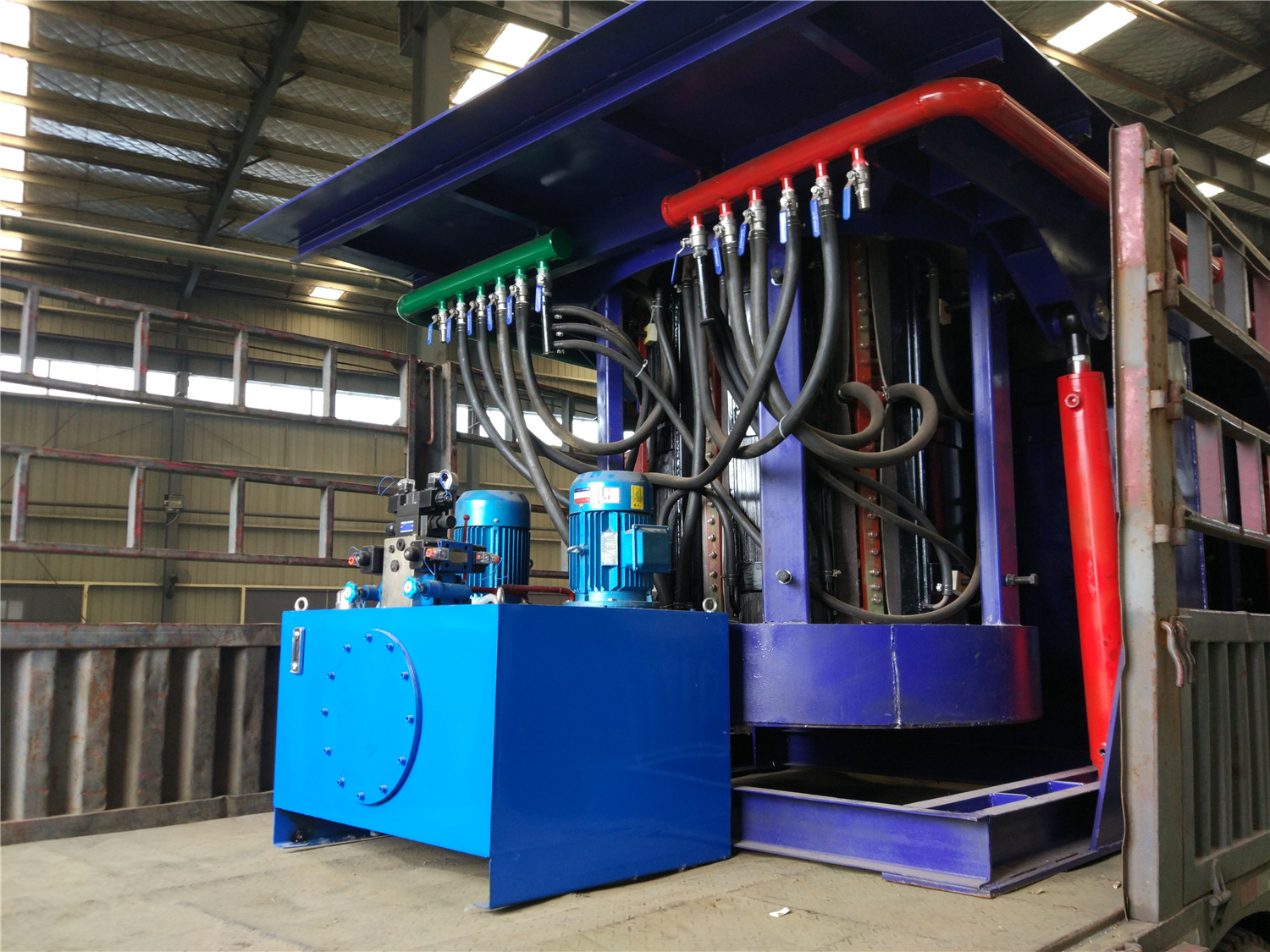
Induction iron furnace
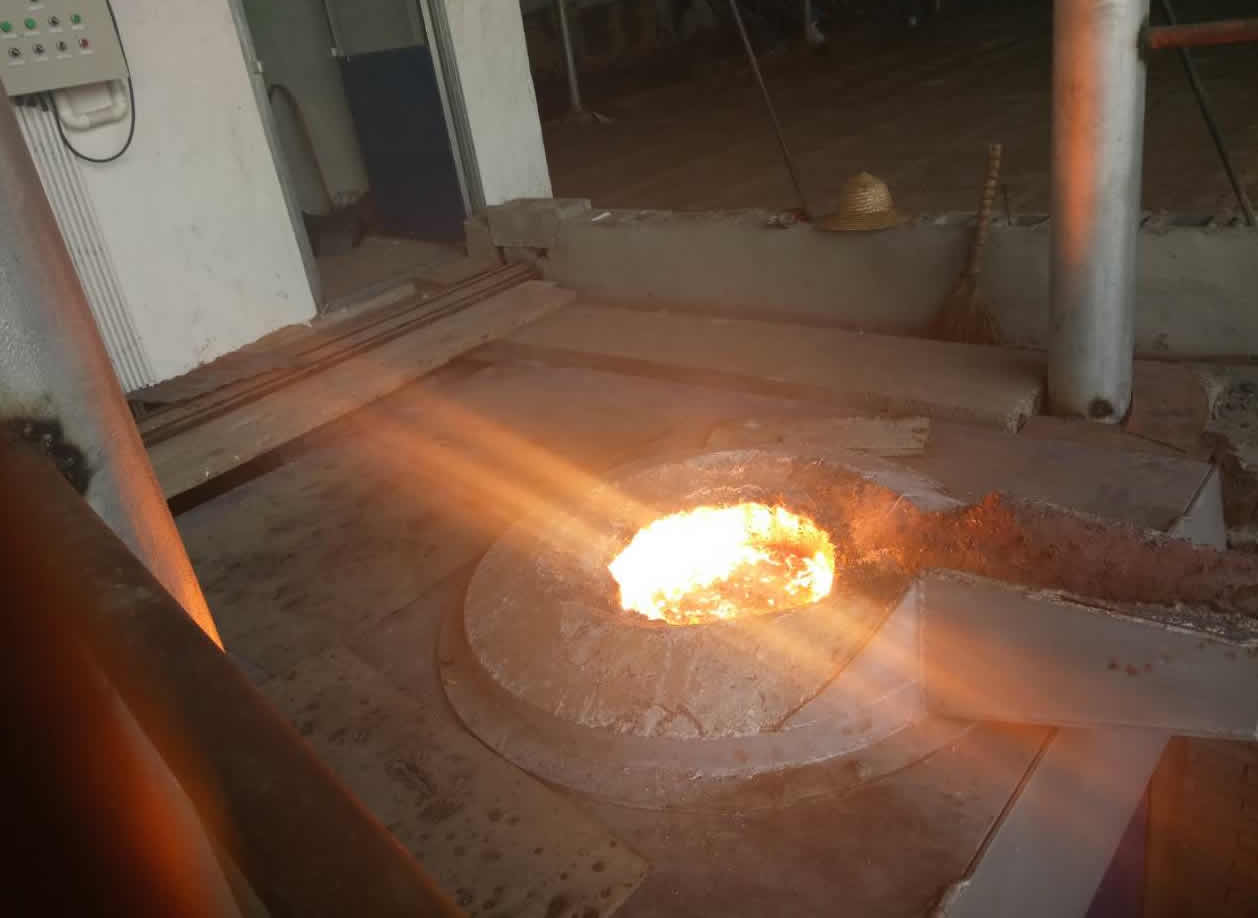
3T intermediate frequency iron melting f
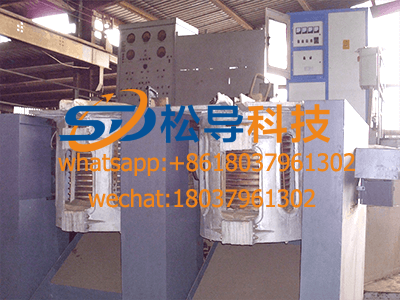
0.25T Intermediate Frequency Furnace
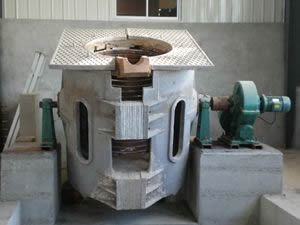
0.5T Intermediate Frequency Furnace
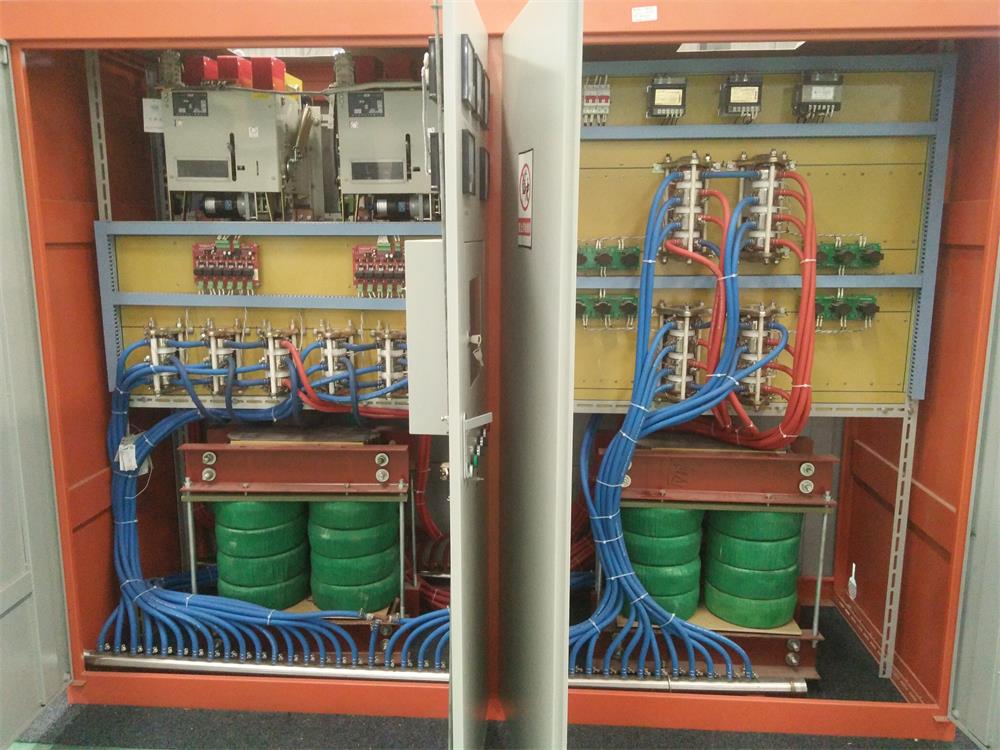
Medium Frequency Furnace

2T Induction Melting Furnace
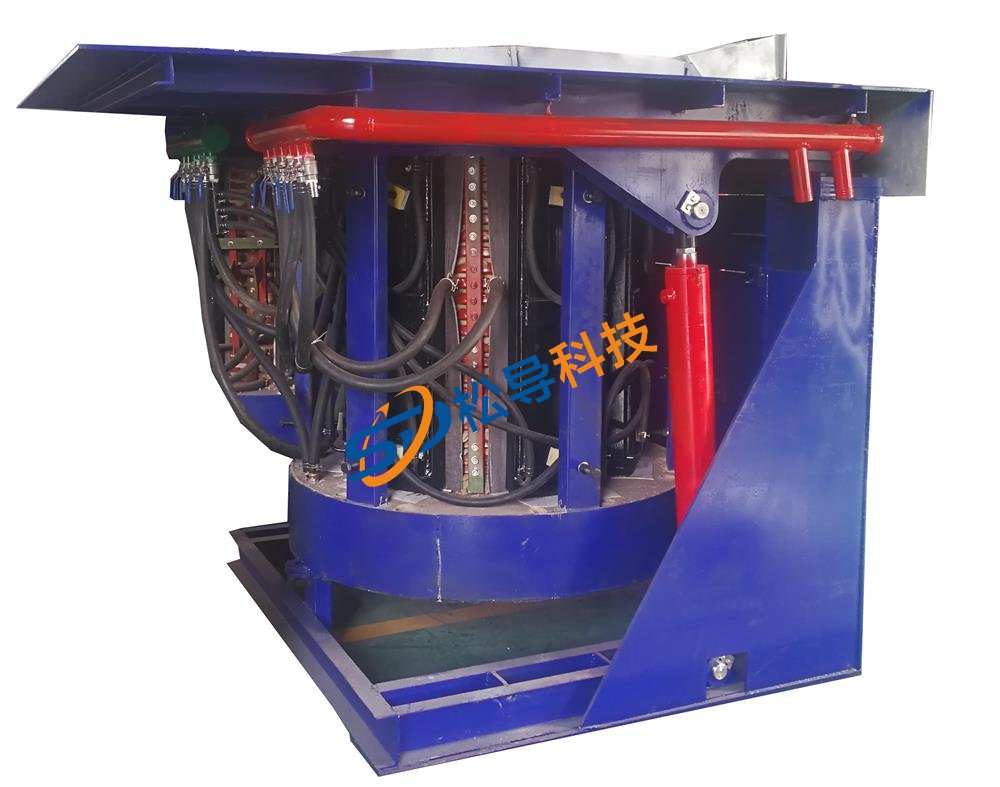
1T Induction Melting Furnace
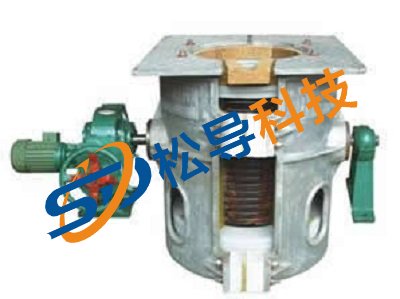
500kg Induction Melting Furnace
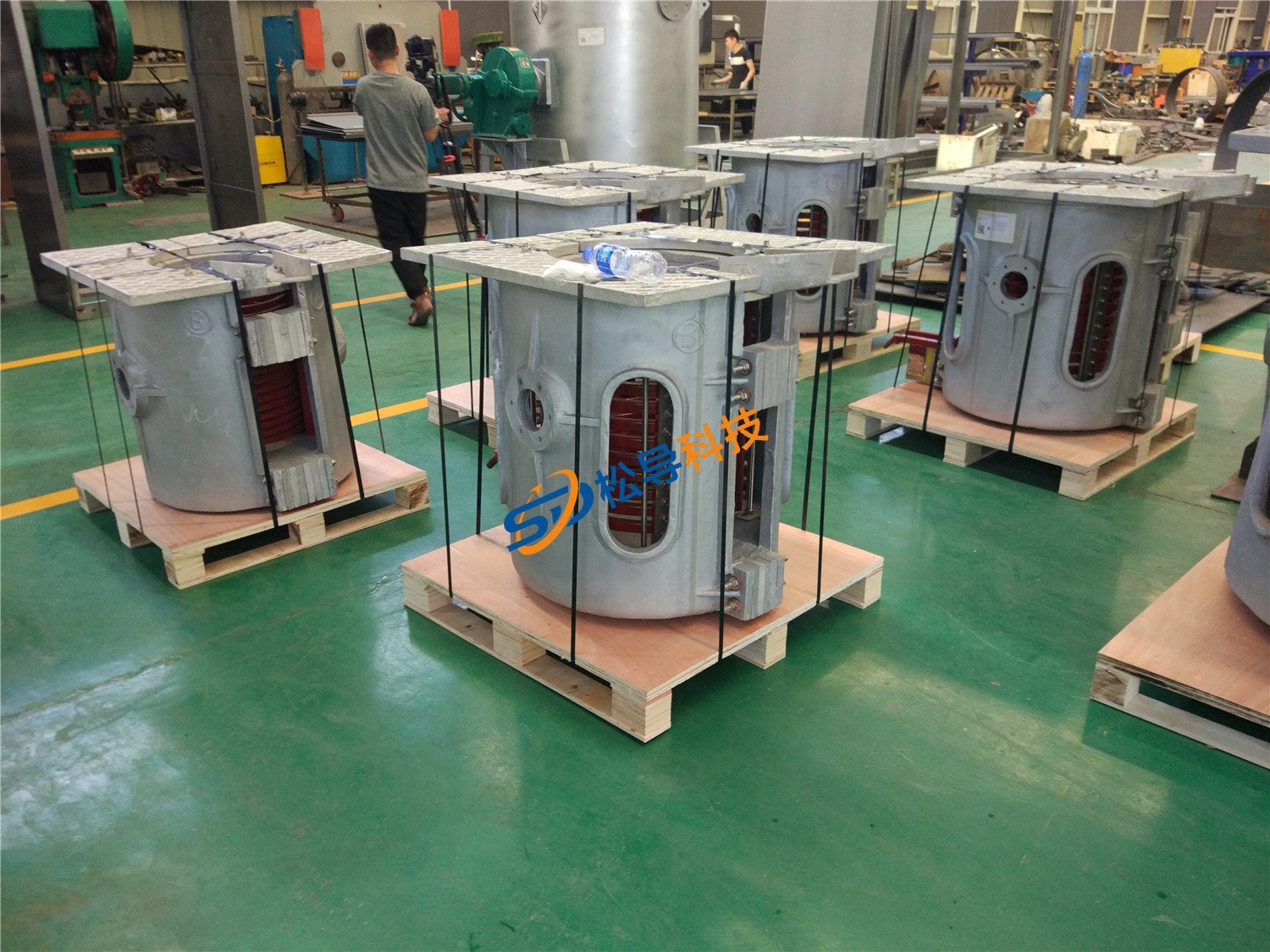
250kg Induction Melting Furnace
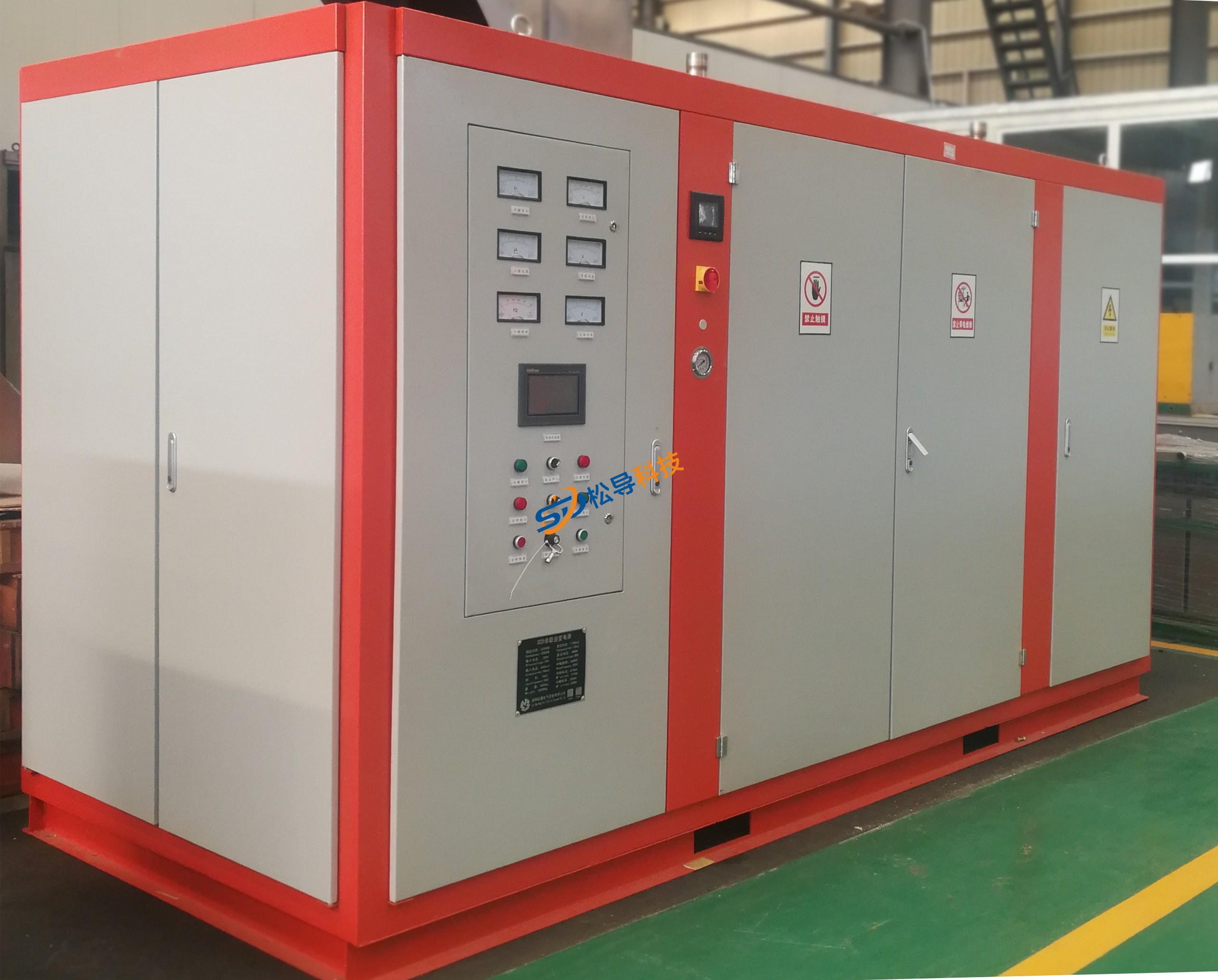
Induction Melting Furnace
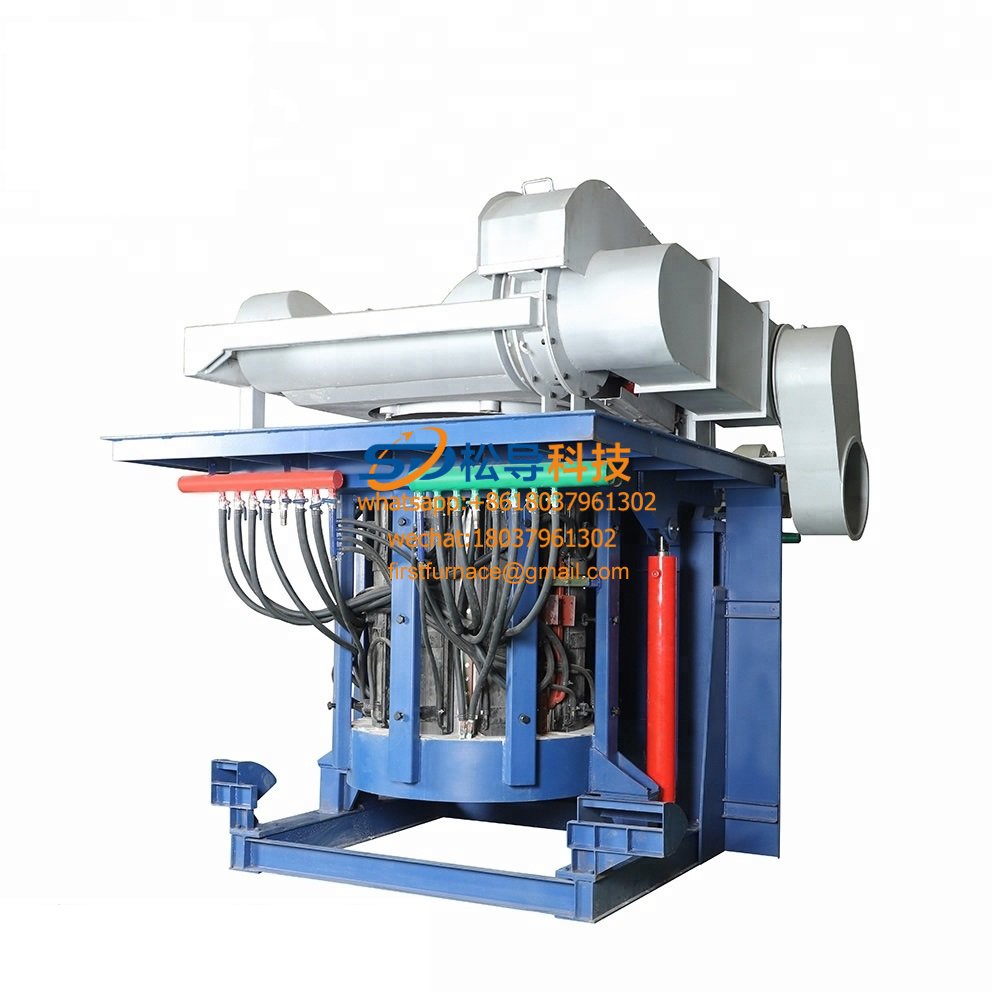
3 T Induction Melting Furnace
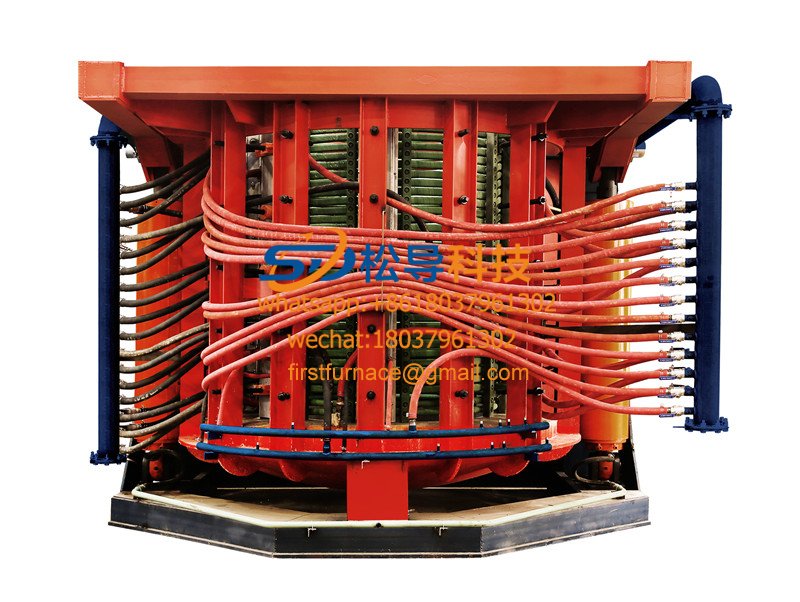
5T Induction Melting Furnace
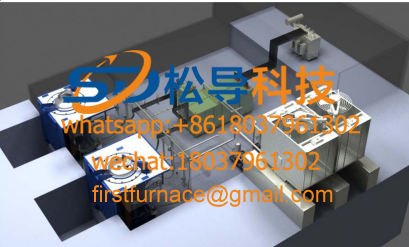
1T One Belt Two Intermediate Frequency F

5T One Belt Two Intermediate Frequency F
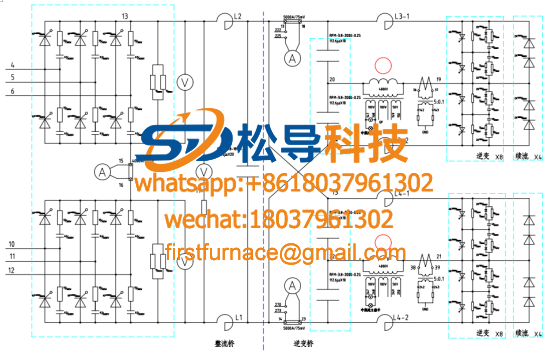
3T One Belt Two Intermediate Frequency F
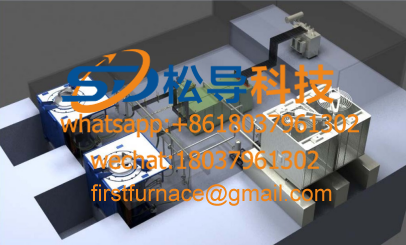
2T One Belt Two Intermediate Frequency F
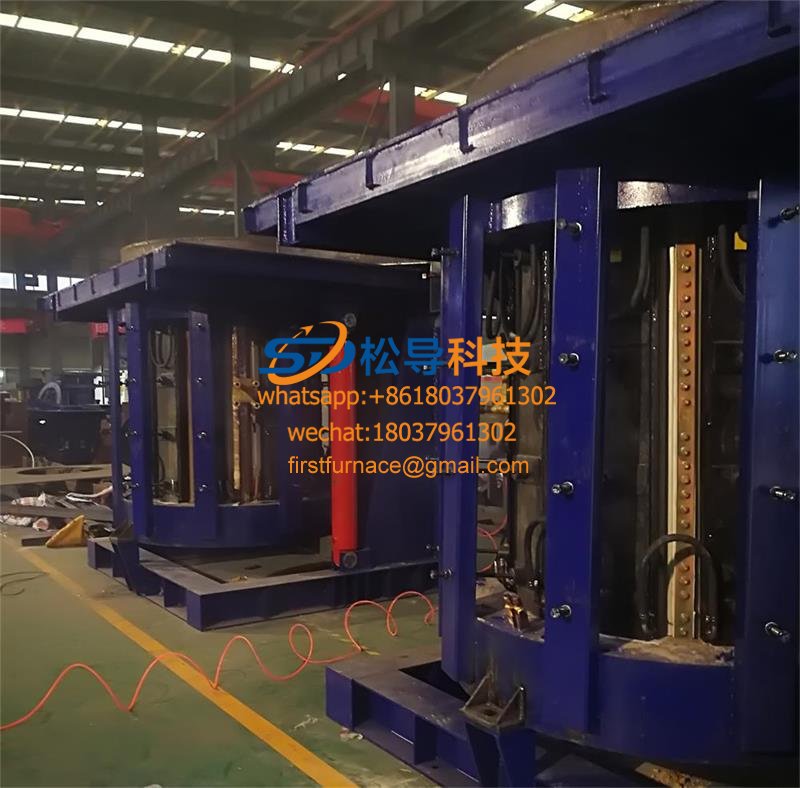
5T Parallel Intermediate Frequency Furna
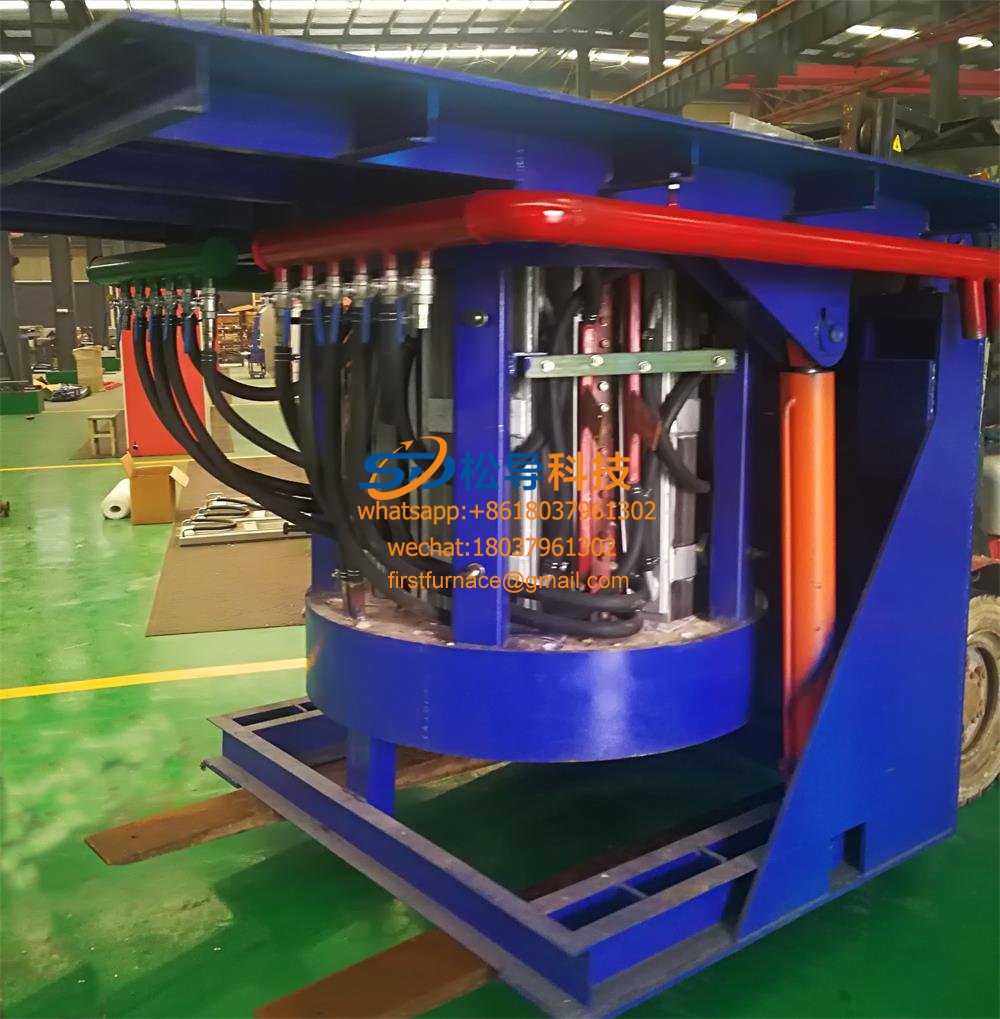
5T Intermediate Frequency Furnace

5T Series Intermediate Frequency Furnace
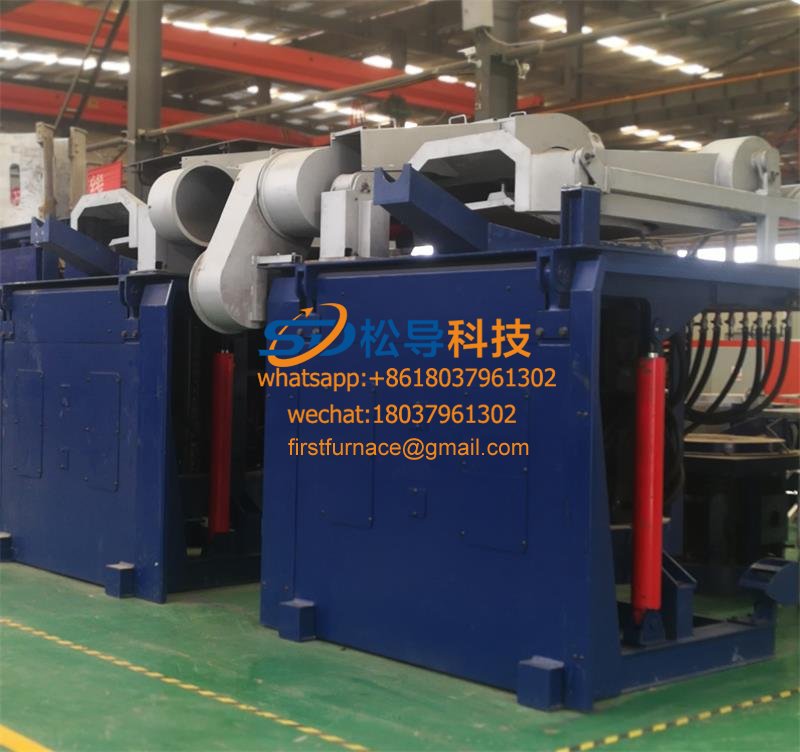
3T Series Intermediate Frequency Furnace
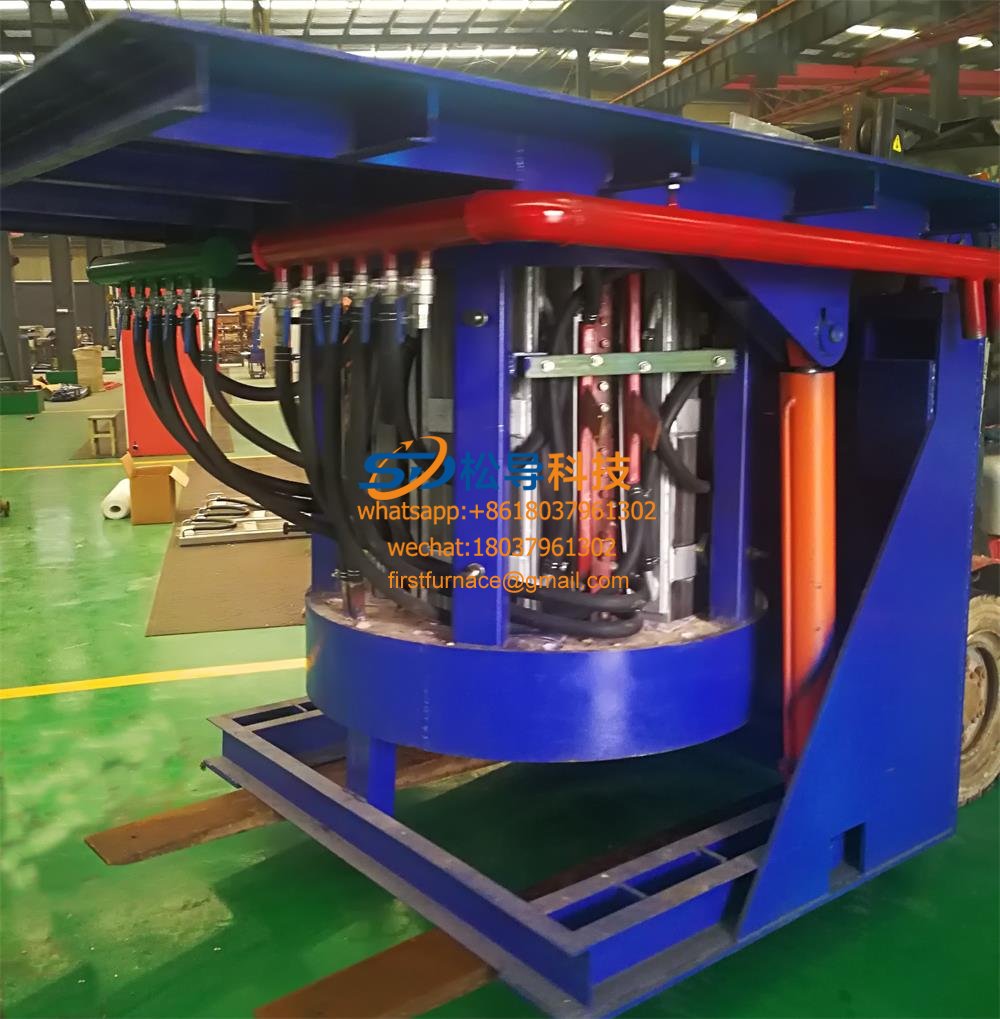
2T Series Intermediate Frequency Furnace
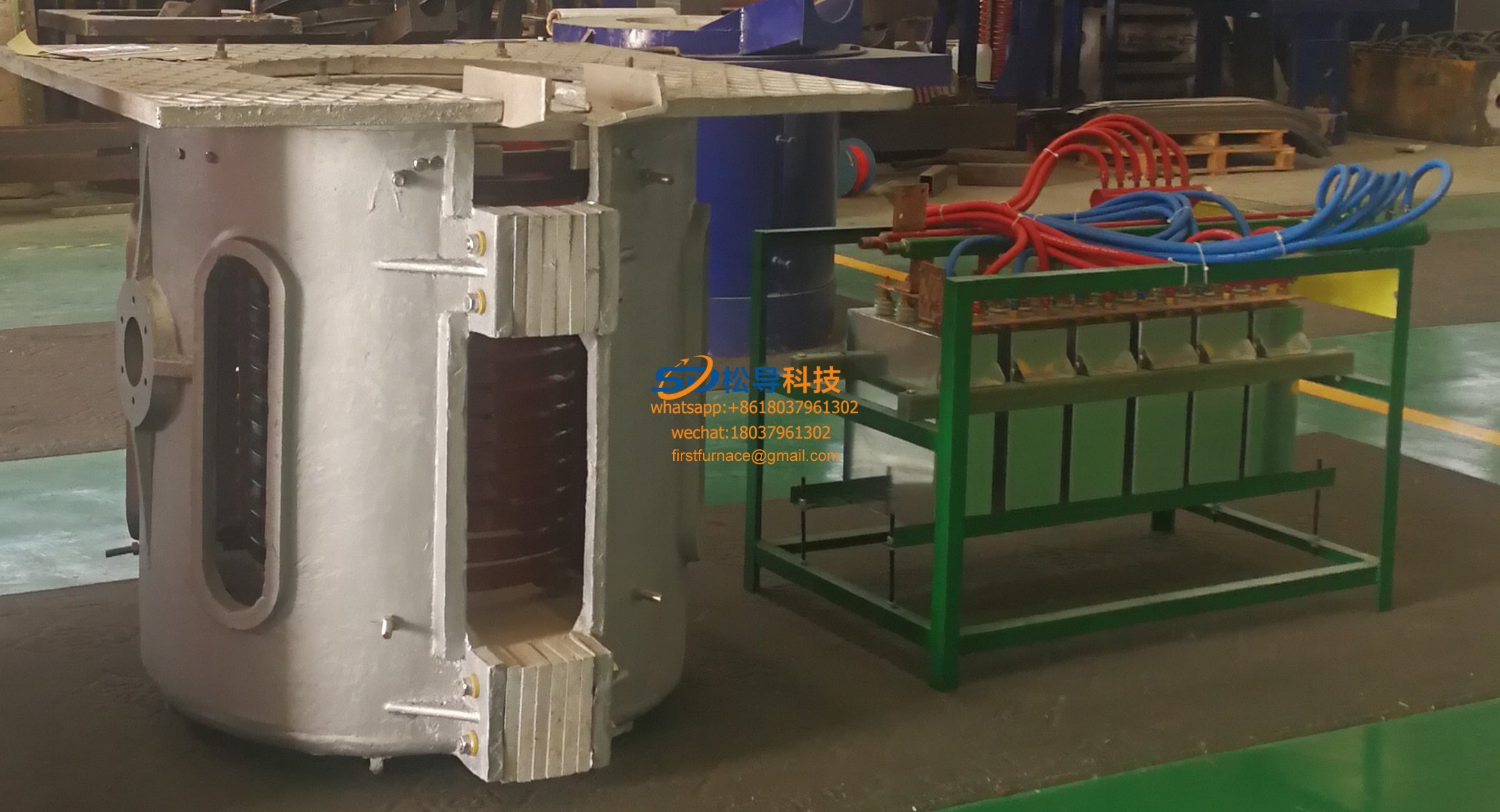
1T Series Intermediate Frequency Furnace
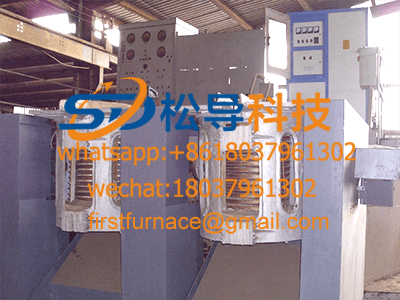
0.5T Series Intermediate Frequency Furna

0.25T Series Intermediate Frequency Furn

1T Parallel Intermediate Frequency Furna
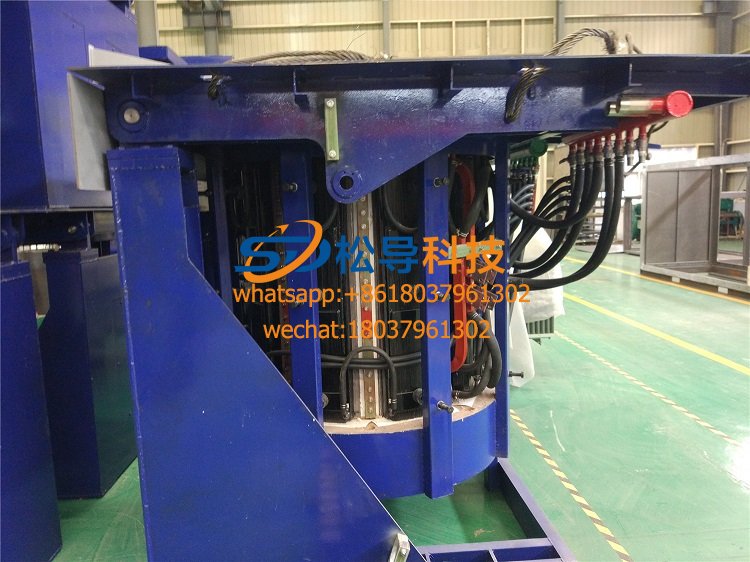
2T Parallel Intermediate Frequency Furna
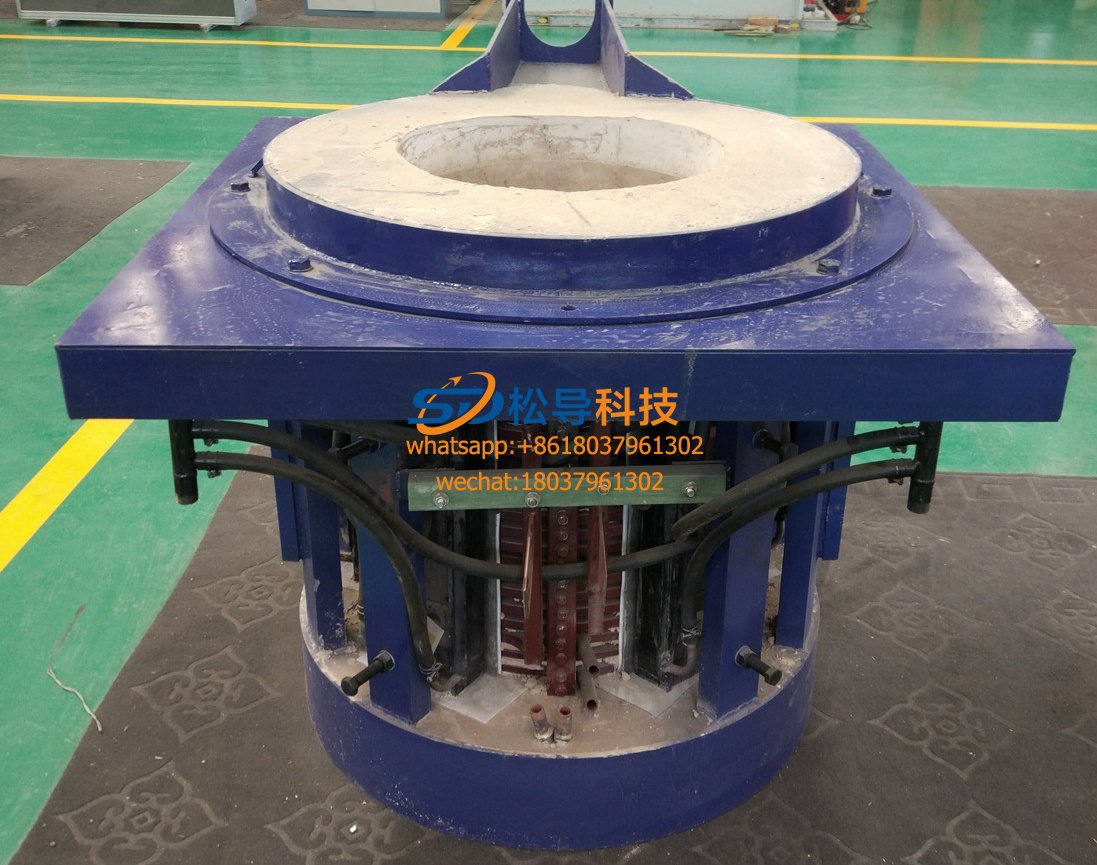
0.5T Parallel Intermediate Frequency Fur






